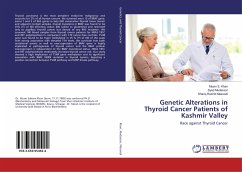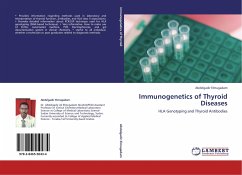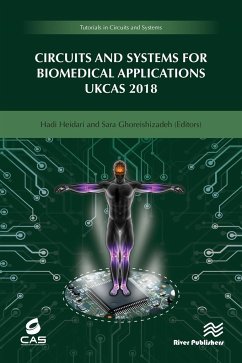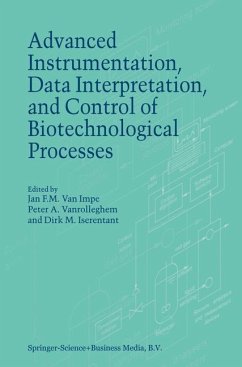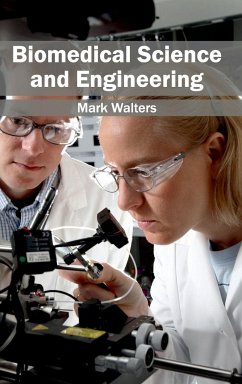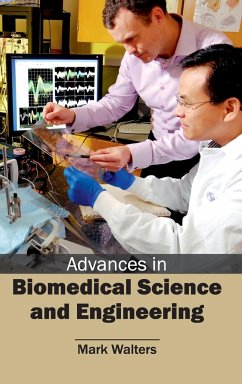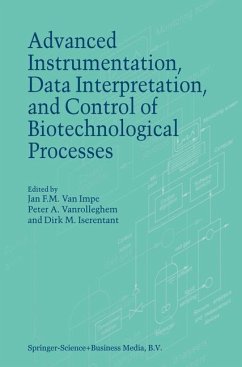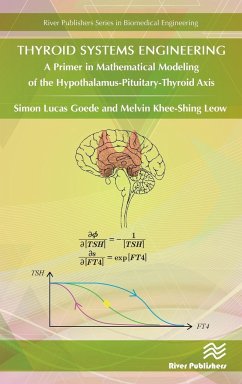
Thyroid Systems Engineering
A Primer in Mathematical Modeling of the Hypothalamus-Pituitary-Thyroid Axis
Versandkostenfrei!
Versandfertig in 1-2 Wochen
140,99 €
inkl. MwSt.
Weitere Ausgaben:

PAYBACK Punkte
70 °P sammeln!
In recent years, a considerable amount of effort has been devoted, both in industry and academia, towards the behavioral modeling, evaluation and prediction of the hypothalamus pituitary thyroid system. Thyroid Systems Engineering targets an optimal treatment of people suffering from thyroid hormone disorders. The content is motivated by in-depth observations of such patients whose rich data supported the theoretical framework arising from formal mathematical reasoning, guided by the nature of thyroid physiology. Leveraging on the insights emerging from the unique combination of an electrical ...
In recent years, a considerable amount of effort has been devoted, both in industry and academia, towards the behavioral modeling, evaluation and prediction of the hypothalamus pituitary thyroid system. Thyroid Systems Engineering targets an optimal treatment of people suffering from thyroid hormone disorders. The content is motivated by in-depth observations of such patients whose rich data supported the theoretical framework arising from formal mathematical reasoning, guided by the nature of thyroid physiology. Leveraging on the insights emerging from the unique combination of an electrical engineer working with a clinical thyroidologist, and both being scientists skilled in mathematics, the authors introduce this new discipline and field of scientific investigation aptly designated as Thyroid Systems Engineering. Readers will discover that mathematics can indeed model the behavior of the hypothalamus-pituitary-thyroid (HPT) axis. Focused on modeling, each of the eighteen chapters gives the reader a notion of the application of relevant mathematics to pertinent issues encountered in mainstream thyroidology. Many cellular processes resemble the flux of variables and states in a complex multi-parameter space through time analogous to current flow in electrical networks. It is then logical to apply the principles and physical laws of electrodynamics, electrical network theory, control systems theory and signal theory to many of the biological phenomena encountered in endocrinology. Such an approach is used liberally throughout the book and successfully yields elegant solutions to a number of models presented within. This book can serve as a reference to mathematical modeling in other aspects of endocrine physiology, and as the starting point for a fundamental course in medical modeling. It will appeal to postgraduates in electrical engineering, academic physicians and biomedical researchers. Further, readers equipped with advanced calculus, electrical network theory, control theory and signal theory should be able to follow the mathematical expositions that describe thyrotropic control. They represent a new discipline based on mathematical modeling in physiology applicable to medical diagnostics, measurement and treatment to cooperate in the clinical team and realize an optimized treatment for patients.




